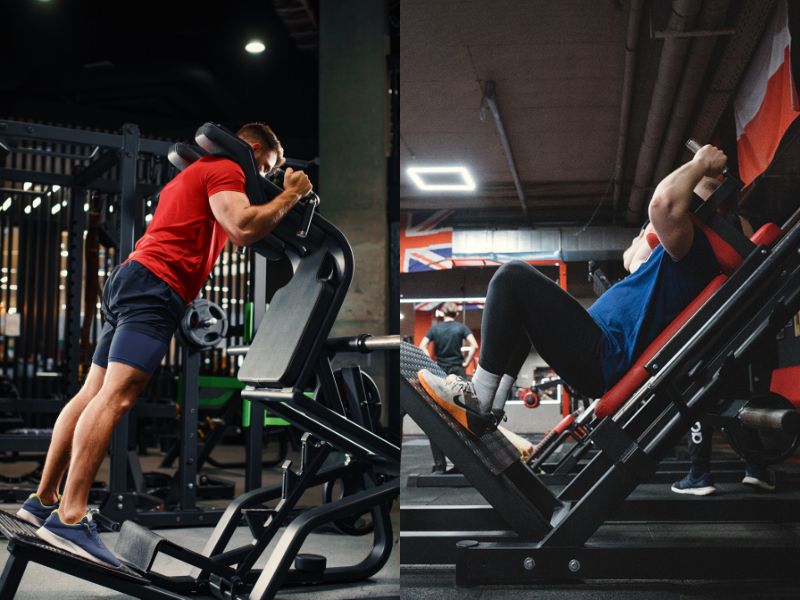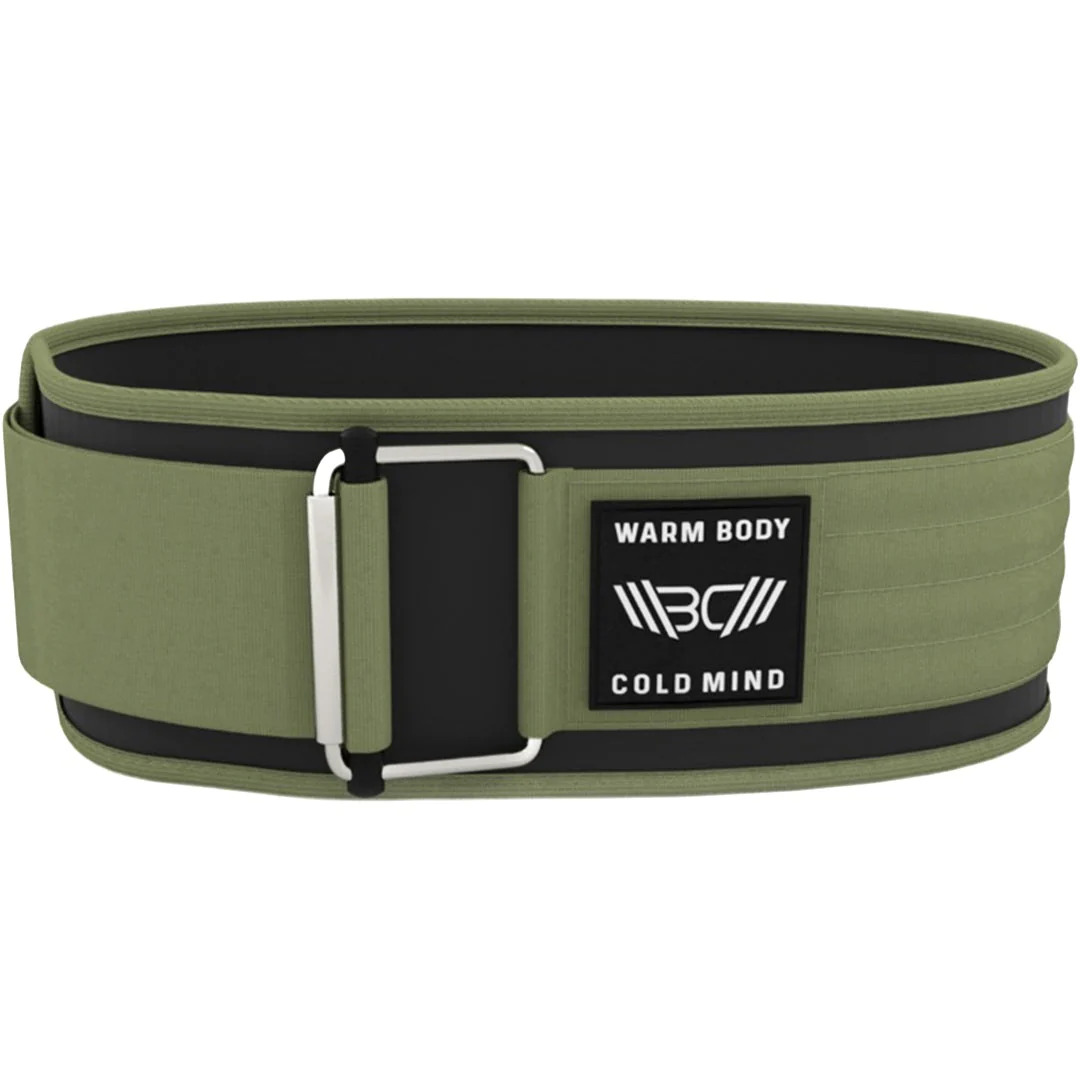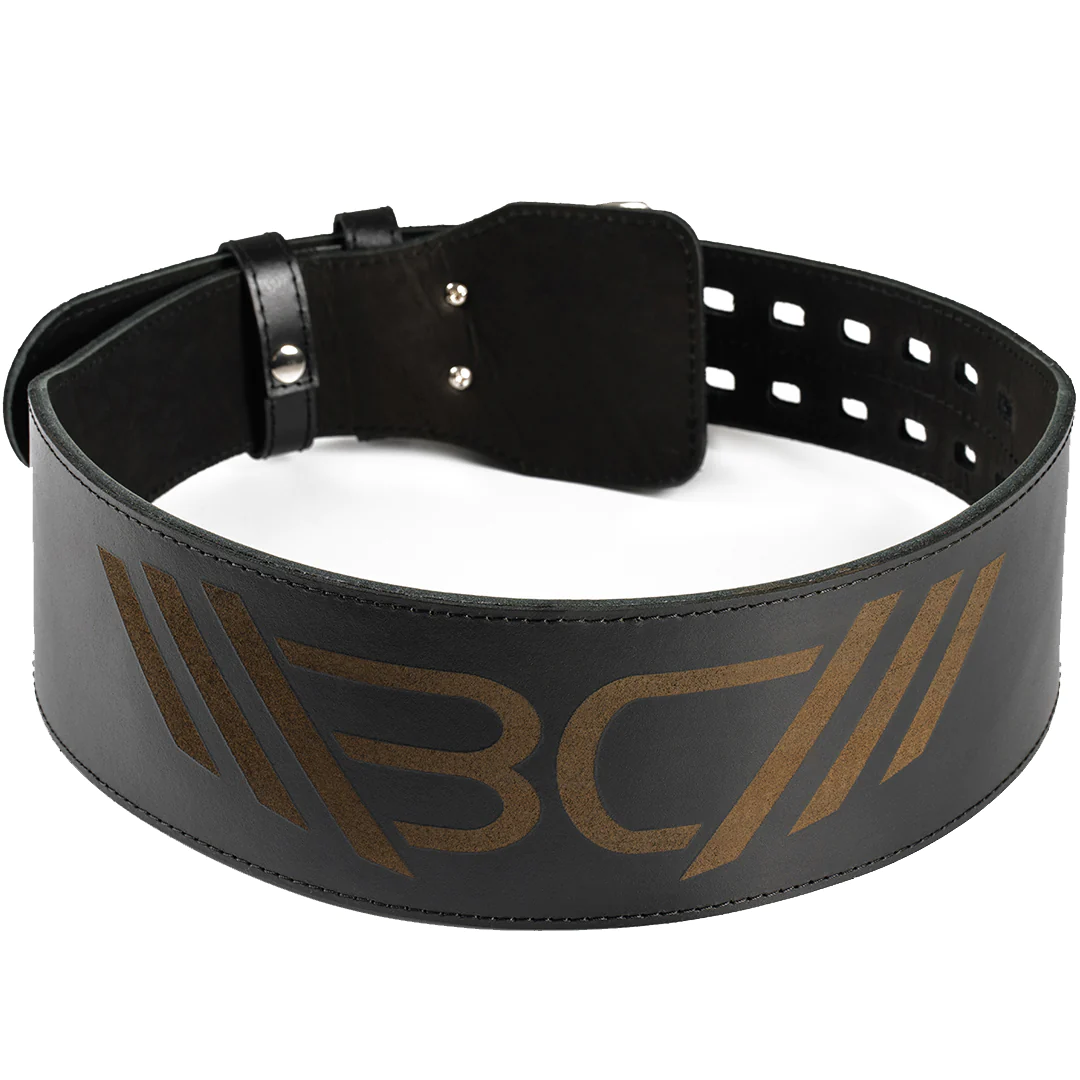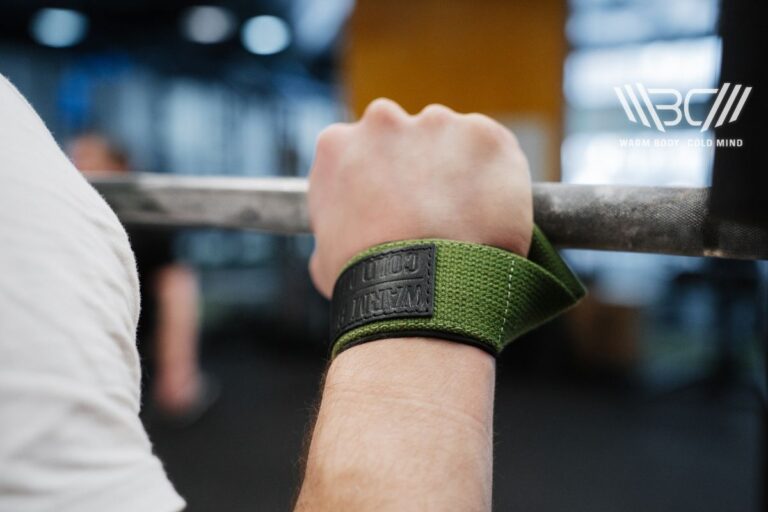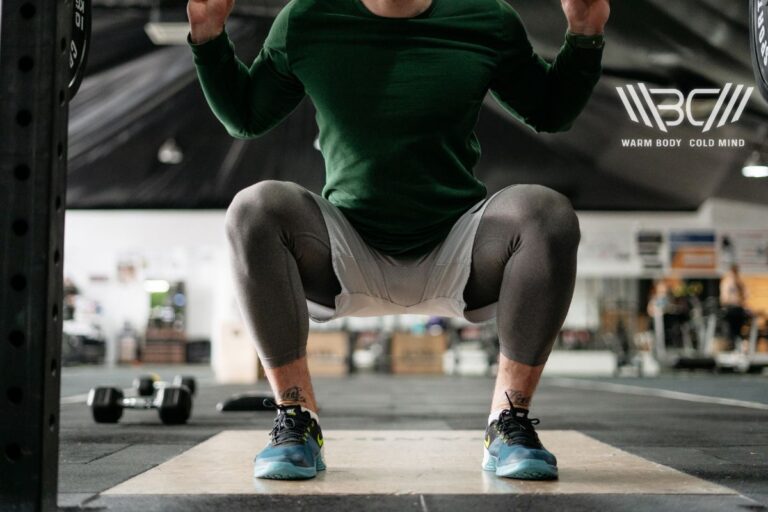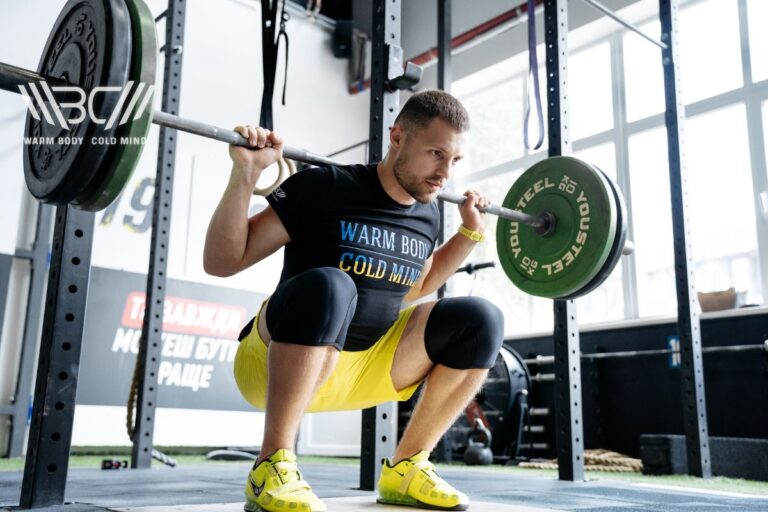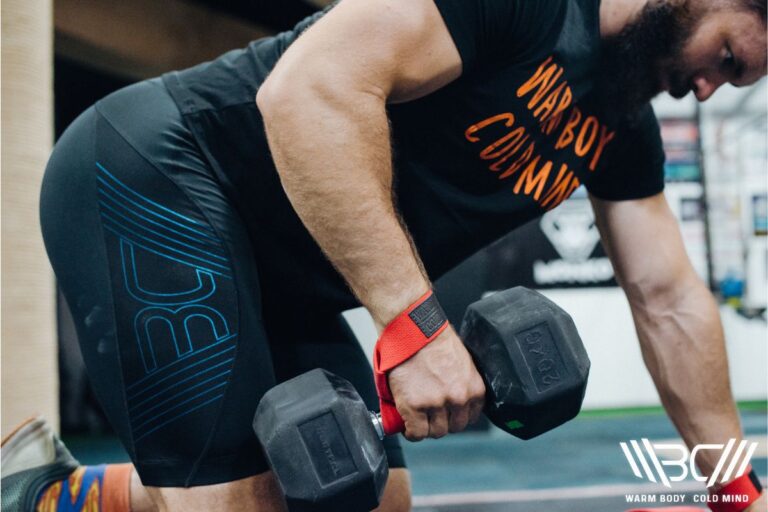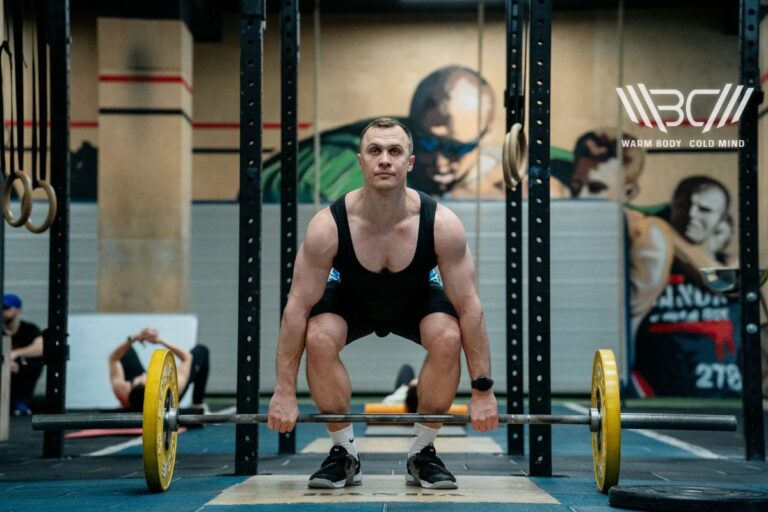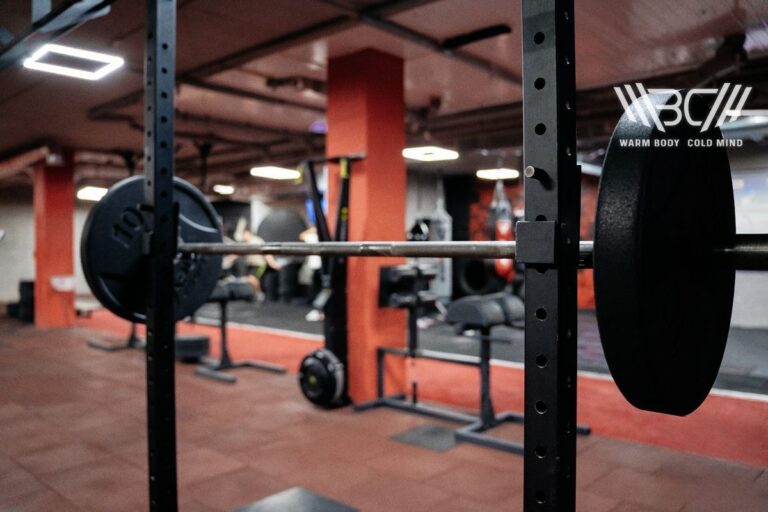V Squat vs Hack Squat – Key Differences and Benefits
Reviewed by Jacek Szymanowski
Torn between the V squat vs hack squat? Can’t decide between a V squat machine or hack squat machine? Get in line because you’re not the only one. Choosing the right exercises can be pretty tricky, but today, we’ll get deep into the features of these two powerhouses – their differences, benefits, techniques… Everything!
They’re kind of like Batman and Superman because each has their own strength and superpowers, but it could be that one of them fits your goals and preferences better, so one deserves more for your attention. Keep in mind, this isn’t a one-is-better-than-the-other kind of article. Both are fantastic, it’s just a matter of you picking what works for you.
Grab your protein shake and let’s get into this hack squat vs V squat debate. By the time we’re done, you’ll know all there is to know about these and you’ll be able to make an informed decision that is in perfect line with your fitness goals.
What is the difference between V squat vs hack squat? – The biggest difference is in the equipment and movement mechanics. In a V squat, you use a specialized machine with platforms in a V-shape, while Hack squats involve a sled on a track.
V Squat vs Hack Squat – Overview
They’re squats, so how different can they be? Is V squat the same as hack squat? It’s true that they’re both squat variations, but they’re not the same.
When it comes to sculpting your legs, each of them is super effective, but what’s the difference between V squat and hack squat? Let’s break it down.
1. Technique and Form Requirements
If you’re doing a V squat, you need to position yourself between two platforms angled in a V-shape. Your feet will be shoulder-width apart and you’ll extend your legs to push the weight up. Your back will be against the pad for the entire time. You need to keep this movement smooth and controlled and focus on engaging your glutes and quads. Proper form is a must, of course, and if you don’t pay attention to it, you’ll strain your back.

With hack squats, you’ll usually load the weight on a sled attached to a track. Then, you’ll stand on a platform and place your shoulders against the pads and bend your knees to lower yourself into a squat until your thighs are parallel to the ground. Once they are, you’ll push yourself back up. The key is to keep a stable stance throughout the exercise and to keep your knees aligned with your toes.
You should also avoid leaning forward too much. If you make sure to breathe properly, like exhaling during the exertion phase, it will be easier to maintain a stable core.
2. Muscle Groups Involved
Before you can understand the benefits, you need to comprehend the V squat muscles worked. Both of them involve similar muscle groups because they rely on hip and knee extension, but they emphasize these muscles differently due to their distinct mechanics. Both provide back support and operate on a fixed path, which limits movement variability and makes sure that exercises are done in a controlled way.
The V-squat targets mostly quads and glutes. Its V-shaped platform enhances range of motion, particularly focusing on these areas. It engages the core to some extent as well, so it contributes to overall strength and stability of the lower body.
The hack squat is possibly more quad-focused, but all in all, both the hack squat and the V-squat engage similar muscles, just with a slightly different emphasis.
3. Stability and Mobility Requirements
The V squat requires less stability and balance than traditional squats because of the guided movement of the V squat machine. But this doesn’t mean that you don’t need to pay attention to your form and alignment; if you don’t, you won’t get the results you’re after because form is crucial for the exercise to be effective and it prevents injuries. The V squat machine is great for beginners because it may help them learn some of the squat mechanics before progressing to free-weight exercises.
With hack squats, you have to maintain control as you lower and lift the weight, and you need core and lower body strength for stability. A nylon weightlifting belt can help you here because it will support your lower back and it will make the exercise safer. And while we’re on the subject of safety, proper foot placement and body alignment are important to prevent injuries and maximize muscle activation.

Discover the strength of the Warm Body Cold Mind nylon lifting belt. Lightweight and durable, it provides optimal support for your workouts.
4. Equipment Needed
V squats need a V squat machine, and you’ll usually find it in almost every gym. This machine typically has adjustable weight stacks or plates for resistance. Some of them might have extra features, like foot placement options or adjustable seat positions, which will make them work for different body sizes and preferences.
You can do hack squats using a hack squat machine or by using a sled attachment designed for use with a power rack or Smith machine. You’ll need weight plates to load onto the sled for resistance. If you notice a lot of discomfort from the pressure of the weight against your shoulders and upper back, a squat pad or padding can help.
5. Safety and Learning Curve
Beginners won’t find V squats too challenging because the guided movement of the V squat machine makes it relatively safe even for beginners because there’s less risk of improper form or balance. But this doesn’t mean you can go crazy – it’s still essential to start with light weights and focus on mastering the technique. As you become more proficient, you can increase the weight.
Hack squats are pretty beginner-friendly as well, and a lot of people consider them even easier to do than V-squats. Again, you have a machine designed specifically for hack squats that guides your movement and makes it easier to maintain good form, which, as we all know, beginners struggle with.
Subscribe!
Get useful tips, expert insights, and in-depth analysis of training programs & nutrition plans to get the most out of your performance.
V Squat vs Hack Squat – Goals
You always need to be clear on what your goals are because that is what determines which exercises are worth your time. Do you want to build strength, get bigger muscles, or improve your athletic performance? Each of these two exercises has its benefits and they can both be used to target the muscles in your hips, thighs, and buttocks, but they do so in different ways.
Let’s see how V squats and hack squats align with different goals.
1. Adaptation
Are V squats good? Will you really see benefits from hack squats? Yes, and yes, but it’s not what you do; it’s how you do it. The adaptations your body undergoes depend more on how you perform the exercise itself. What exactly does this mean? It’s simple – form, speed of execution, and range of motion matter more than you think.

Say you’re doing either a V squat or a hack squat with a controlled motion, proper depth, and correct posture; you’ll get better results compared to doing the workout too fast or with poor form. Depending on your body type and strengths and weaknesses you have, you may find one exercise more comfortable than the other.
Some people might like the V squat better because it allows for a natural squat position, and others might prefer the hack squat because of the support it provides. Adjusting foot placement and stance width can also help in targeting different muscle groups more effectively within the same exercise.
2. Strength
V squat will do a better job at activating the posterior chain (glutes, hamstrings, lower back) because it provides less back support than hack squat.
This exercise is very good for developing overall leg strength, and it can be a great help on improving your standard squat performance. If you’re lifting very heavy weights, it would be ideal to wear a leather weightlifting belt at the same time because it will help with posture and it will protect your lower back by tightly bracing your core.

Enhance your strength training with Warm Body Cold Mind leather weightlifting belt providing exceptional support and durability.
Hack squat focuses more on your quads and it doesn’t involve your lower back as much. The machine helps in isolating the front leg muscles and allows you to lift heavier weights with less risk of straining your lower back. If quads are limiting your squatting strength, hack squat may be a valuable tool to improve it.
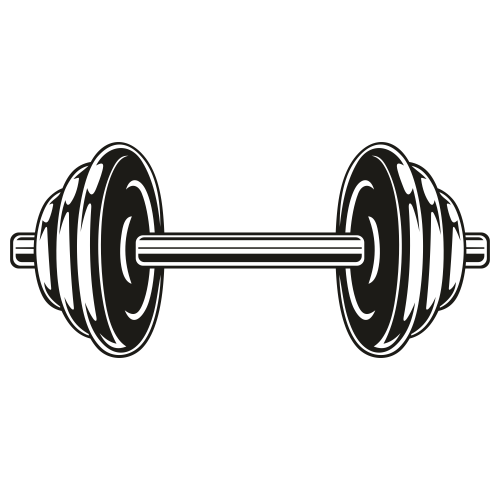
Pro Tip:
3. Hypertrophy
It doesn’t really matter how many reps you do; what you need for hypertrophy is having the volume that is close to or until muscle failure. In simpler terms, you need to push your muscles to their limit and whether you do this in 3 or 12 reps is up to you. This goes for both hack squat and V squat. Of course, you can’t forget to include some rest days into your routine.
V squat for glutes can be better for overall leg development because it’s better at engaging the comprehensive leg musculature. The upright position helps in better recruitment of the glutes and quads.
Hack squats focus more on your quads, so if you’re looking to improve the size and shape of your front thigh muscles, look no further than hack squats. The controlled path of the machine helps in maintaining consistent tension on the muscles, which is exactly what you want for hypertrophy.

4. Sport Specificity
Go with the squat variation that’s the best at mimicking the movement of your sport. So, if you’re a sprinter, you might prefer the v squat because they focus on your whole legs more and strong quads and hamstrings are crucial for sprinting speed.
V squats are excellent for sports that need a balance of lower body strength, power, and stability, like weightlifting, football, and rugby. They can also be good for activities that involve running, jumping, and lifting.
Hack squats are ideal for athletes whose sports depend on leg extension, like cycling or skiing. The focus on the quads mimics the leg action needed in these sports, which can potentially improve muscular endurance and strength that are specific to certain sports. However keep in mind that both exercises are very similar in their nature.
V Squat vs Hack Squat – Pros and Cons
Making an informed decision isn’t the easiest thing in the world, but apart from understanding your fitness goals, you should also look at the pros and cons of these exercises.
1. Similarities
V squats and hack squats share some similarities. Both focus on making your lower body stronger and have a strong emphasis on quads. They provide more stability than free weights, which means there’s less risk of injury. This is particularly beneficial for beginners or people who have issues with balance.
Each machine guides your movement path, which helps with keeping your form correct and minimizes the risk of common injuries that are related to squats.
2. V Squat Benefits & Disadvantages
V squats have a set of benefits that help them stand apart from other similar-looking/sounding exercises, such as hack squats.
V squats allow for a greater range of motion, which means it’s a good exercise for people of various fitness goals and mobility levels. There’s a degree of core stabilization, which isn’t just about your abs getting a workout, but also about improving your balance and posture.
Another great thing about V squats is that they are suitable for beginners, but those that are advanced will also benefit from them. They can help with learning the mechanics of a squat and they can be great for maintaining proper posture. If you have back issues, this will probably be one of the best exercises to do as far as squats go because it’s more comfortable.
And with all those benefits, it’s only natural that there are some things worth considering when picking your squat path. For starters, a V-squat machine isn’t that popular in gyms so you’ll need to find one that has it to be able to do them.
Another con is that there is less focus/isolation of the quads when compared to hack squats. V squats also require more balance and demand a certain amount of technique, which in turn, makes V squats less beginner-friendly. And lastly, V squats can really prove to be difficult to master for athletes with limited core strength (so think of that as a prerequisite).
Pros
- Great range of motion
- Improves balance/posture
- Suitable for all fitness levels
- Back issues-friendly
Cons
- V-squat machines aren’t that popular in gyms
- Less focus on quads compared to hack squats
- Requires some balance/technique
- Requires core strength
3. Hack Squat Benefits & Disadvantages
Hack squats bolster a number of benefits that help them stand in a specialized group with clear goals and effects.
Hack squats isolate the quads better than V squats because your glutes and hamstrings aren’t as involved. This is good for people who want to strengthen and build up their front thigh muscles.
The hack squat machine is designed to support your lower back during the exercise, which can reduce a lot of back strain and it’s ideal if you have any previous back injuries. Plus, research has shown that hack squats are great for people who want to protect their knees.
The fixed path of the machine helps you squat with consistent technique, which is important for preventing injuries and making sure that the target muscles are effectively worked.
The hack squat machine is easier to use because you need less technique and balance, and it usually has settings to adjust the angle and depth of the squat. This means you can lower or increase the intensity of the workout, so it’s good for people of different strength levels.
Same as with V squats, there are a few cons when it comes to hack squats.

Pro Tip:
Reduced engagement of glutes and hamstrings when compared to a V squat. The machine’s fixed path might be a bit too restrictive for some (this challenge is usually overcome with time as the user gets more adjusted). Also, if you’re looking to improve your balance and functional strength – V squats are a better choice.
Pros
- Isolates quads
- Lower back support (reduces strain)
- Consistent technique helps prevent injuries
- Easily adjustable intensity/difficulty
Cons
- Less focus on other muscles (e.g., glutes, hamstrings)
- Fixed path can be restrictive
- Not ideal for improving balance/functional strength
Conclusion
So… Which do you think is better for you, V-squat or hack squat? Things should be clearer now, and you should be able to tell which exercise is more in line with what you’re trying to achieve. In the end, it depends on your training needs, health conditions, and fitness goals, but both of these are excellent for lower body training, they just cater to different preferences and requirements.
Is there anything you’d like to add? Do you use any accessories during squatting? Which of these two exercises works better for you and why? Do you prefer free weight exercises or those that are machine-based?
Drop a comment and then go squat!
References:
- Becks Shepherd “Why are rest days important?” LiveScience, https://www.livescience.com/why-are-rest-days-important (accessed April 15th, 2024).
- Brad J. Schoenfeld “Squatting Kinematics and Kinetics and Their Application to Exercise Performance.” Journal of Strength and Conditioning Research 24, no. 12 (2010): 3497-3506.
- Deniz Erdağ, Hasan Ulaş Yavuz “Evaluation of Muscle Activities During Different Squat Variations Using Electromyography Signals,” in 10th International Conference on Theory and Application of Soft Computing, Computing with Words and Perceptions – ICSCCW-2019, (2019): 859-865.
- Health Promotion Board (HPB) “Prevent Injuries with Proper Form During Workouts,” Singapore University Health Center, https://www.nus.edu.sg/uhc/articles/details/prevent-injuries-with-proper-form-during-workouts (accessed April 15th, 2024)5. Rachel Moran “The Most Important Sprinting Muscles,” Livestrong, https://www.livestrong.com/article/534997-the-most-important-sprinting-muscles/ (accessed April 15th, 2024).
- Photos by WBCM Media team; photos by Photosomnia, Canva; photo by djiledesign, Canva.
Author: Sergii Putsov
PhD in Sport Science, Olympic weightlifting, Strength & Conditioning coach and fitness expert
Sergii Putsov is a professional weightlifter with over 20 years of experience and multiple national medals. He was a member of the National weightlifting team, competing in the 94 kg weight class. Sergii holds a master’s degree in Olympic & Professional Sport Training and a Ph.D. in Sport Science. After his athletic career, Sergii transitioned into coaching and is now responsible for designing training programs, writing blog articles, providing live commentary for international weightlifting competitions, and hosting sport and fitness seminars worldwide.
Reviewed by: Jacek Szymanowski
Performance architect, S&C movement specialist.
Jacek Szymanowski is a highly respected sports nutrition expert with a Master’s degree in Biotechnology. His innovative approach combines lifting and fighting strategies to help athletes optimize their performance. As a Strength and Conditioning Movement Specialist, he is dedicated to reducing injuries in athletes. His specialist training in Nutrition for Athletes equips him to provide expert advice on dietary habits and nutrition for peak performance.

